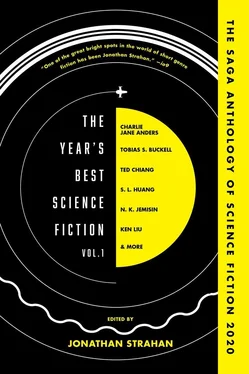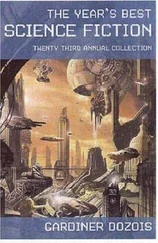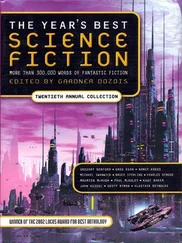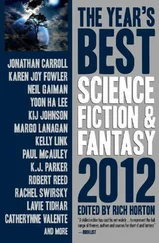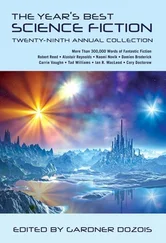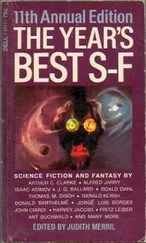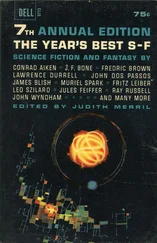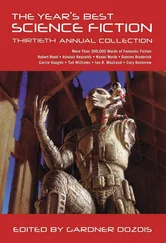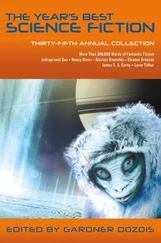“They’re creating a nation of cripples out there,” he spat the words out with a violence that surprised them both.
“Who are ‘they’?” she asked.
He looked at her bitterly. “Who else?”
He pulled something out from behind his wheelchair: a rock and a long piece of rubber. He placed the rock in the centre of the strip of rubber and stretched the rubber back, testing out the elasticity.
“This should work.” He looked at her and smiled that half-smile of his.
“What’s wrong with you?” she yelled. “Why are you doing this? Were you not happy before all of this? Even if none of this is real, it’s better than the real prison.”
Ziad glared at her. “You can keep living in a dream if you want. But I’m done. It’s one thing to live in your dreams by choice, but once you realise you’re a prisoner, there’s no way to live without suffocation and despair.”
“But look what it’s doing to you. You’re a cripple.”
“My body is crippled but my mind is free. And I’m going to keep fighting until I’m completely free: body, mind and soul.”
That was the last time she saw him. Thirteen days ago. Every night she went to bed, hoping he would return, but he did not come back. Perhaps he was angry with her. She wasn’t sure. If he wasn’t angry then maybe there was another more sinister explanation for his absence. She tried not to think about that. Whatever the reason, there was no way she could keep living like this, not knowing what was true and what was false, what was reality and what was merely an enforced dreamland.
Without Ziad, she found herself unable to navigate between dream and waking life. She felt stuck between two radio frequencies. The two worlds were merging, and what emerged wasn’t one or another but a third dimension, a nightmarish new conglomeration.
That’s why she is back here. Back to where it all started, by the sea. Standing on the shore, the salty air forces its way down her throat, into her lungs. If they’re right and there is nothing after death—if she has just simply lost her mind—then perhaps that’s not a bad thing either. What is it that is driving her actions? she wonders. Is it a cynicism born out of loss and betrayal, a cynicism so deep it courses in her veins? Or is it something else—a yearning to be free that exists like an itchiness under her skin?
Inching forwards until the waves kiss the tips of her toes, she stares down, teasing the waves, offering them a bit of her body. The sea and her are like two cats carefully examining one another. Slowly, she moves inside the sea’s embrace. The waves reach up to her ankles, then her knees and then, as she wades in farther, up to her hips. The water is cold; her skin breaks out in goose bumps. The backpack she is wearing is heavy on her shoulders.
Just when the water becomes too high to stand, she tries to swim but the stones inside the bag pull her down and her body plunges under the surface, quickly sinking to the depths of the sea. The remaining air in her lungs escapes from her mouth in sad, lonely bubbles. Her head shakes from right to left as her body tries to fight back. Her hair twists itself around her neck like the bony hands of an old woman. The roar of the sea is deafening. Her throat spasms, the pain of the constriction, tightening, overwhelming, her legs kick fiercely, trying to swim back up, but the stones are too heavy.
NOTES
In Memory of Mohanned Younis, 1994–2017. (Sarah Helm, “A Suicide in Gaza,” The Guardian , 18 May 2018.)
The Painter of Trees
SUZANNE PALMER
Suzanne Palmer (zanzjan.net) is a writer, artist, and Linux system administrator who lives in western Massachusetts. She is a regular contributor to Asimov’s Science Fiction , and has had work appear in Analog Science Fiction and Fact, Clarkesworld, Interzone , and other venues. She was the winner of the Asimov’s Readers’ Award for Best Novella, and Analog ’s AnLab award for Best Novelette in 2016. Her debut novel, Finder , was published in 2019, and a sequel, Driving the Deep , followed in 2020.
I go down to the gate, swipe my security pass, and step through the ten-meter tall, still-opening doors into the last of the wild lands. I remove my boots at the threshold and set them on a rack for that purpose, then carefully wash my feet from the basin of rainwater, still chill from the night before. When the doors have closed and sealed again, I remove my clothes. There is no one on this side of the wall to see who would take either advantage or offense at my nakedness. I wash my body from the same basin, shivering from the shock of the cold, before I remove the plain linen cloth from its hook above the rack and wrap it around myself. And then I walk down the path to find the painter of trees.
The path curves over a small slope and then down a kilometer or so to the glade at the edge of a forest. The vegetation changes around me as I walk, from the familiar sharp-bladed grasses that have crept over the wall and seeded themselves along its perimeter, to the tiny, delicate frills of blue-green of the grass that first grew here, now in forced retreat. I know how soft they would be under my bare feet, how they would tickle, but also how easily they will crush and die, and though I know I will surely give in to temptation one last time before they are gone forever, this time I keep to the stones.
The trees here are, outwardly, very similar to the trees of home, except for their smooth exteriors and symmetrical branching. Their leaves are wide, gold-green, open cones, grouped in threes at the end of each stem, which catch and hold rain for a long while after a storm. Cut a tree open, though, and you find neither rings nor wood at all, but hexagonal cells all tucked neatly together, larger the closer to the center they are. Each one is capable, if broken free, of starting a new tree by itself, but together they each serve different functions, observed to change over time as both external conditions and each cell’s internal position in the whole changes.
Mathematically, structurally, the trees are beautiful as they are naturally. Among them there are flashes of bright color, vibrant pigments carefully etched into shallow scratches in the trunks forming intricate, hypnotic patterns, no two the same, none less compelling than the others. There have been days I have spent hours staring at them, or at our archived 3-D images, and always there is that sense that some vast understanding of the meaning of being is just there, in the lines, waiting for me to finally understand .
From here, I can see signs the trees are dying.
The small valley has a river that winds through it, and I cross a bridge made of carefully placed stones to the far side. I can see the large stick-ball nests up in the canopy above, fewer with each visit, and I can smell smoke.
I find Tski tending to the fire as one of the nest balls, carefully extricated from its perch in the trees above and set upon stones, crackles and hisses in flame.
Tski sees me, and turns toward me—the Ofti don’t have heads, per se, with all the functions we think of as specific to heads integrated in with the rest of their singular, horizontal lump of a body the same color as the leaves above. It stands atop nine legs—it lost three in an accident, it told me once—that are fine, graceful arcs that end in three pieces that can come together as a sharp, dangerous point, or open to function like fingers.
I sit on the ground, eye level with it. After a while it speaks, a complex series of whistles, clicks, and trills, that my implant decodes for me.
“I am sorry that Ceye has died,” I say, and the implant moments later returns that in Tski’s own language.
Читать дальше
